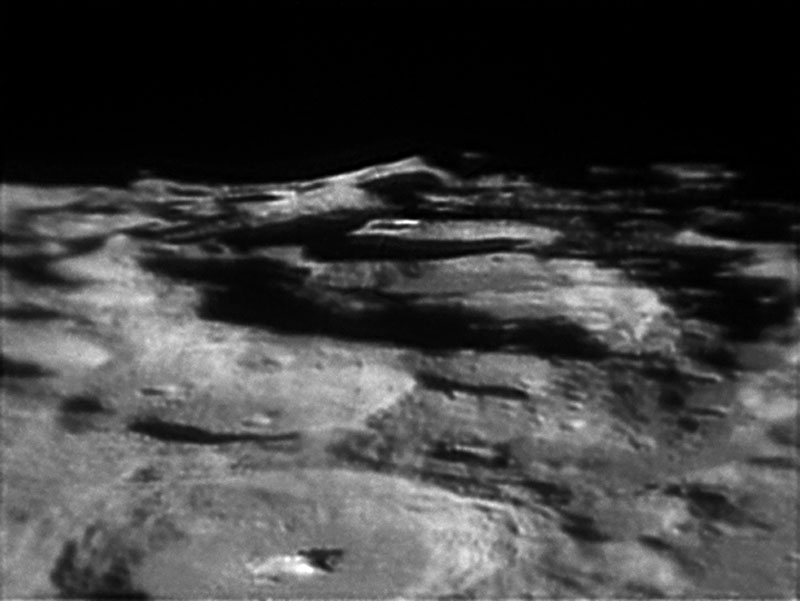September 1, 2009
Ramparts

image by Gabriel Medina, Almeria-Spain
This image shows why the rims of craters used to be called ramparts. Lean back away from your monitor and maybe squint a little and you will see that the rim of Newton, the shadow-filled crater in the center of this frame, rises above the smooth intercrater plains to the right and the lessor craters on the left. Partly this is illusion, for the floor of Short in the foreground behind Moretus is low, but Newton's rim rises considerably above its surroundings, and of course, much more above the crater's 5.5 km deep floor. Based on studies of young terrestrial impact craters, rims are built up by about equal parts of ejecta that fell around the hole, and uplifted pre-existing country rocks. Traversing down a crater rim would first expose an inverted layering of ejecta - what came out first would be on the bottom of the ejecta portion, and then would come the layers of the country rocks with the deepest coming from greatest depth. To probe even deeper it would be necessary to visit the central peak, for its formation by rebound brings up material from beneath the floor.
Chuck Wood
Technical Details
This image was discovered in the LPOD Photo Gallery. Unfortunately, the Photo Gallery is very slow sometimes - I fear spammers may have captured it, so I have made a backup.
2009 March 07 - 22:44:05 UT, Maksutov-Cassegrain 178mm, DMK af2104.as
Related Links
- Rükl plate 73
- Gabriel's photo gallery
Yesterday's LPOD: A Bigger Copernicus
Tomorrow's LPOD: Lingua Luna
COMMENTS?
Register, Log in, and join in the comments.



